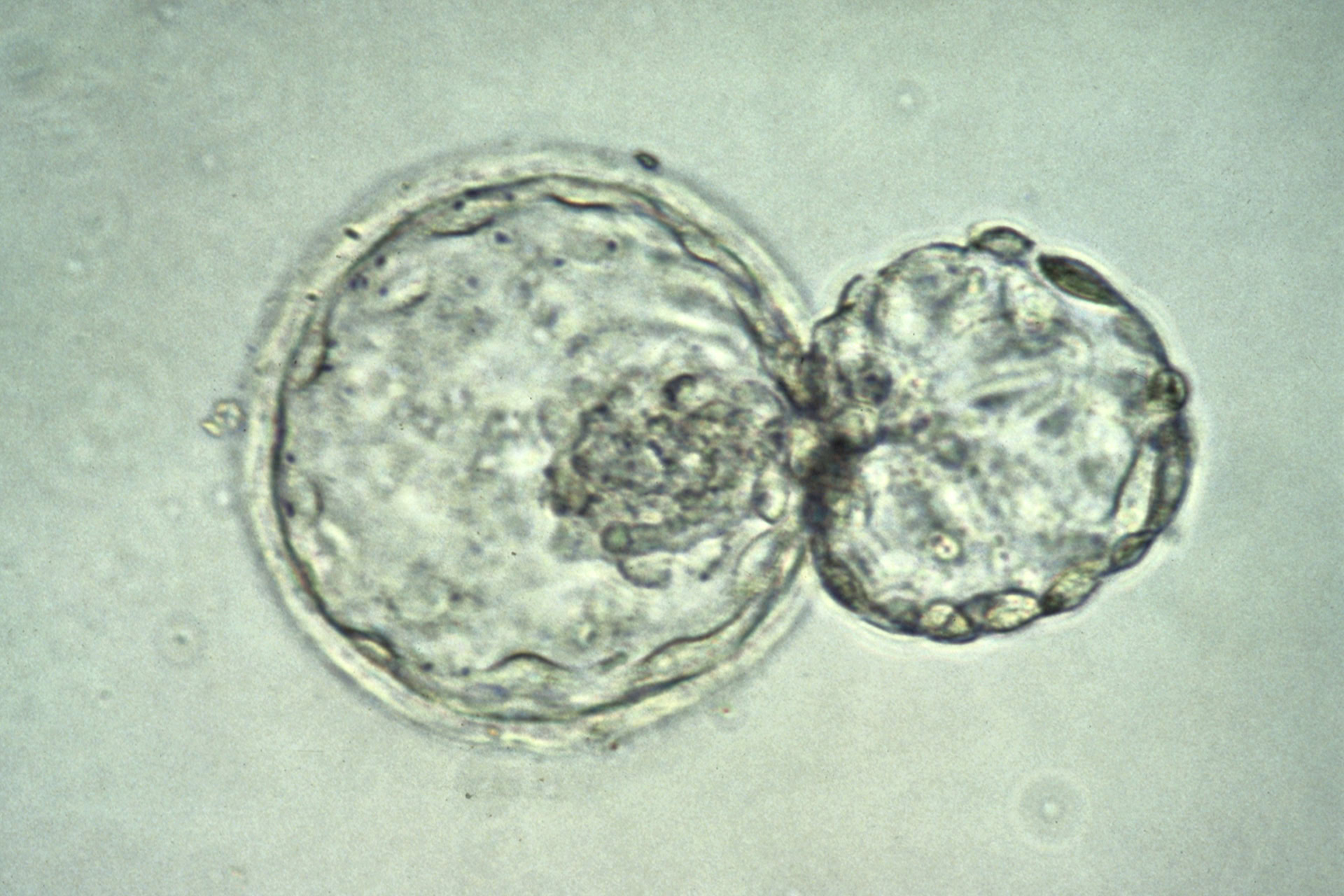Canadian
scientists have identified a master stem cell that is capable of becoming any of
the different types of cells found in blood. The discovery offers hope of
alternative treatments for people who would normally require bone marrow
transplants to replenish their blood supply, for example those with cancer or blood disorders.
Scientists
have known about the existence of haematopoietic stem cells (HSCs) for many
years, but this is the first time they have been able to isolate and study
them. Dr John Dick, who led the study, said: 'We have isolated a single cell
that makes all arms of the blood system, which is key to maximising the
potential power of stem cells for use in more clinical applications. Stem cells
are so rare that this is a little like finding a needle in a haystack'.
HSCs are
found in umbilical cord blood and adult bone marrow, and are essential for the
generation of new blood. Patients with leukaemia and other blood disorders require bone marrow transplants from healthy donors to replace their diseased
blood cells. However, around two-thirds of all patients requiring a bone marrow
transplant do not find a matching donor, and many die as a result.
Despite
the fact it was known that HSCs were required for replacing blood cells, it had
been impossible to identify them from the many other cell types found in the
blood and bone marrow. 'No one has ever gotten a glimpse of them within the
mass of cells used when someone gets a transplant', explained Dr Dick.
The
research team at the University of Toronto carefully sorted cord blood, separating
the different cell types, and were able to identify a tiny population of HSCs. Mice were used in experiments that mimic the bone marrow transplant process, the
group found that these cells alone were able to regenerate all the components
of human blood. Additionally, cord blood without these cells could not
successfully replace the blood system in the mice.
Crucially,
the researchers were able to identify proteins that were uniquely present on
the surface of the HSCs, in particular one called CD49f. These findings,
reported in the journal Science, will enable easy identification of HSCs in the
future. It is hoped this will eventually allow scientists to generate large
blood supplies in the laboratory for use in transplants. Alternatively, they
may one day be able to tailor-make blood supplies for a patient using their own
HSCs.






Leave a Reply
You must be logged in to post a comment.